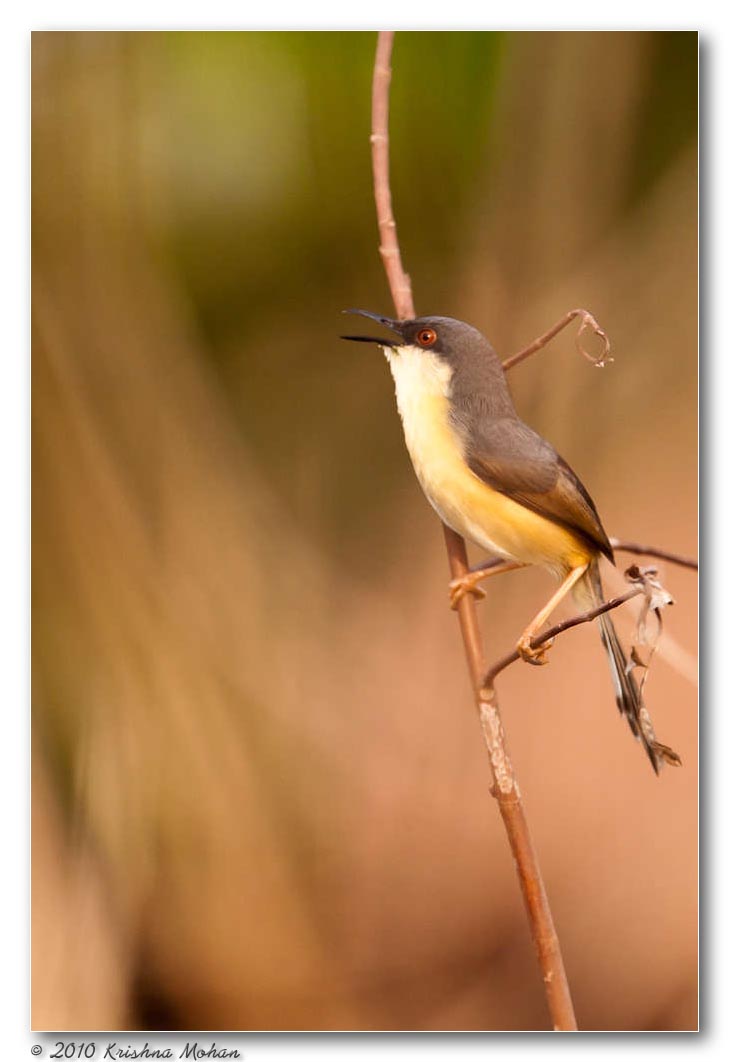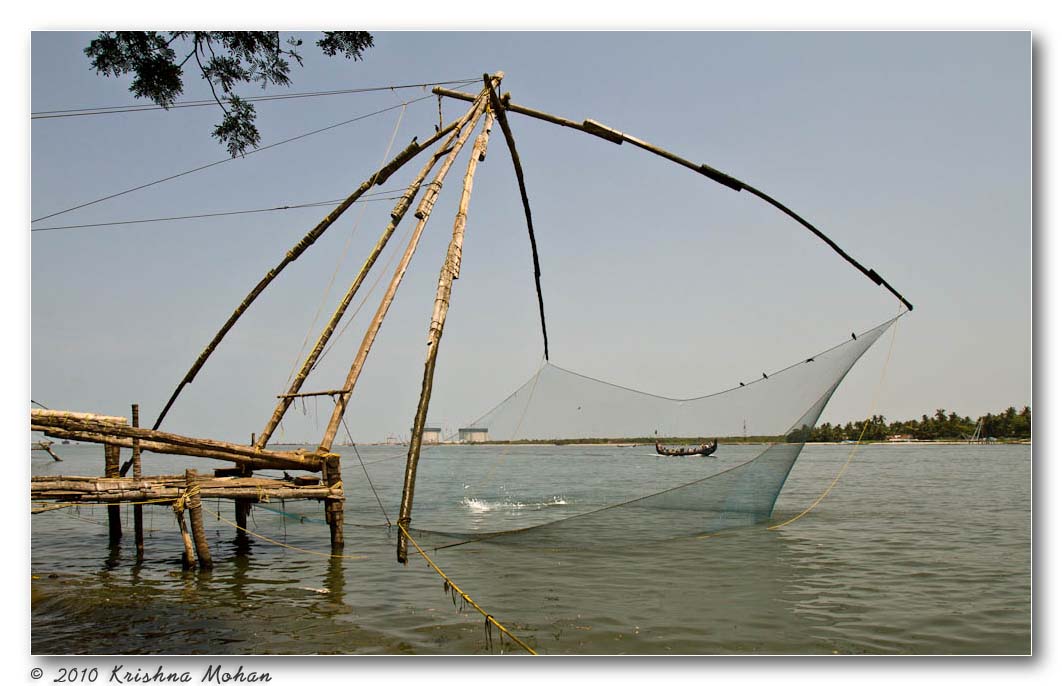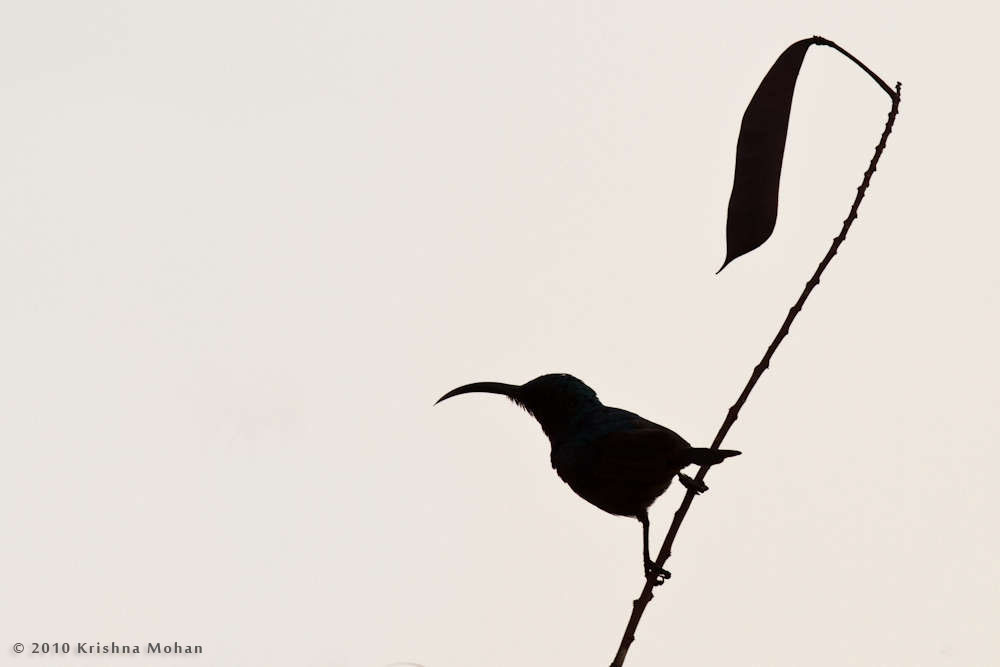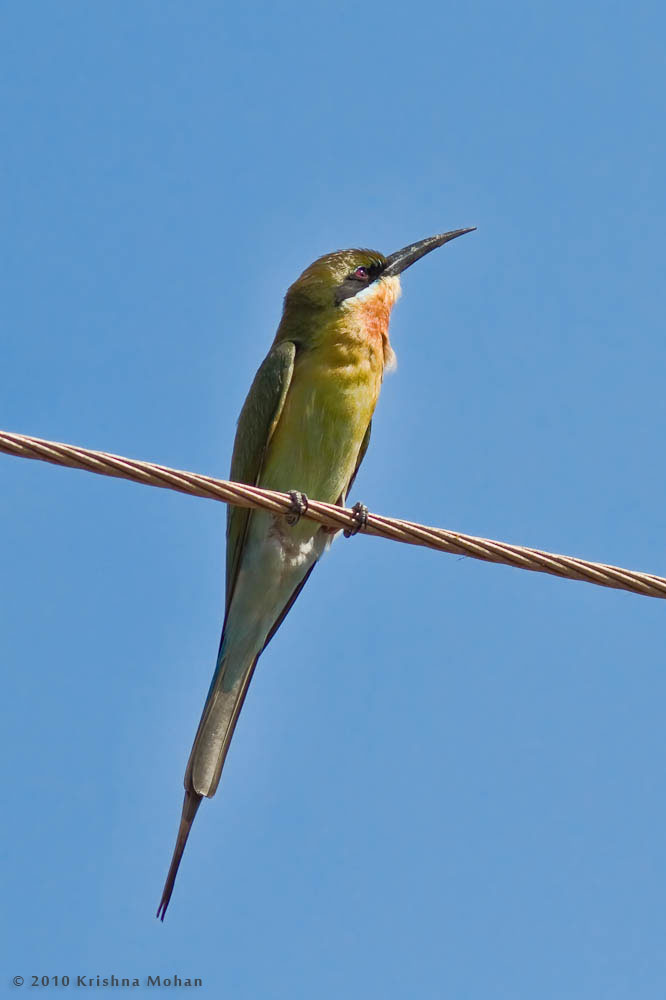Malabar Whistling Thrush
As there was a brief break from incessant downpour I wanted to get as much of photo opportunity as possible. I, with my family and my friends Dijiraj Nair and Shivashankar Nayak headed to Kudremukh National Park. I will show you few of the great shots we took in subsequent blogs. Afternoon following lunch at … Read more




